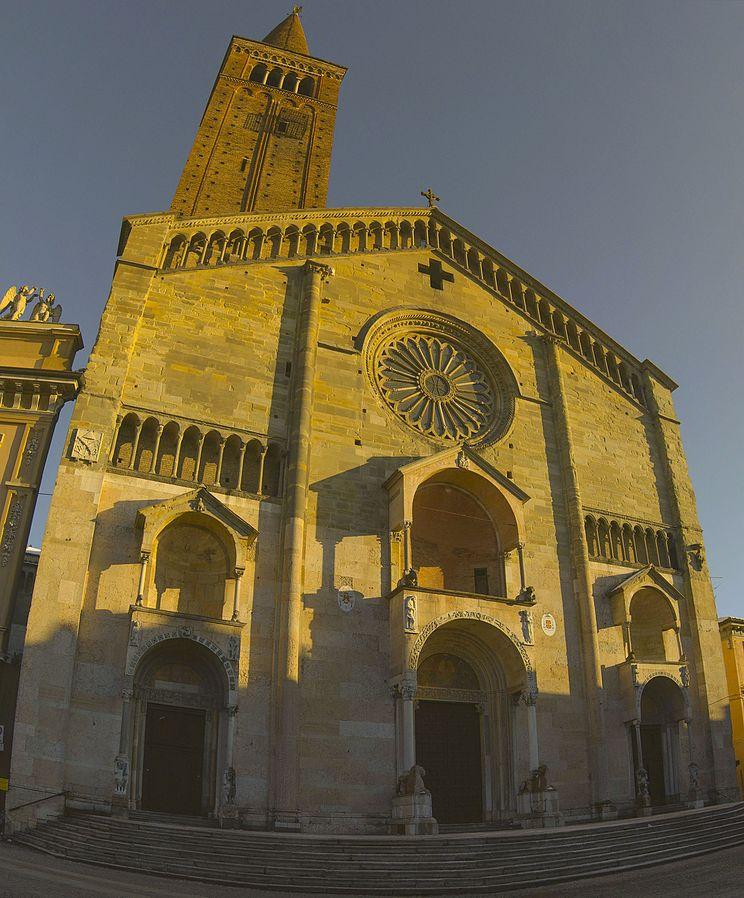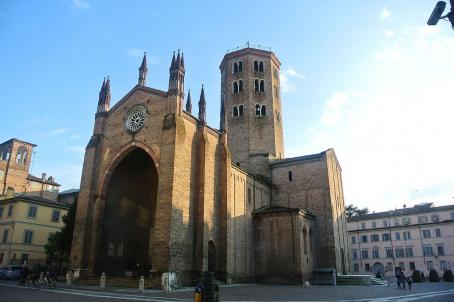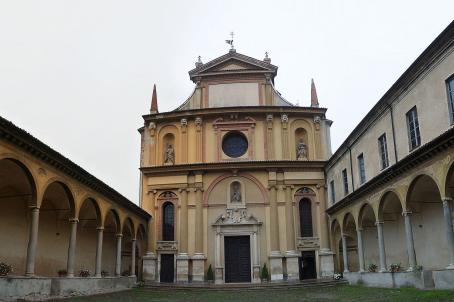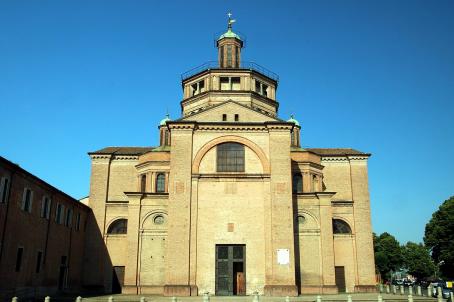Cathedral of Piacenza

The Cathedral of Piacenza, built between 1122 and 1233, is an important example of Romanesque architecture in Italy. The bell tower is a later work, dating from the 14th century. The modifications made to the cathedral were destroyed during the restoration carried out between 1897 and 1902 by the Bishop of Piacenza Giovanni Battista Scalabrini (1839-1905).





